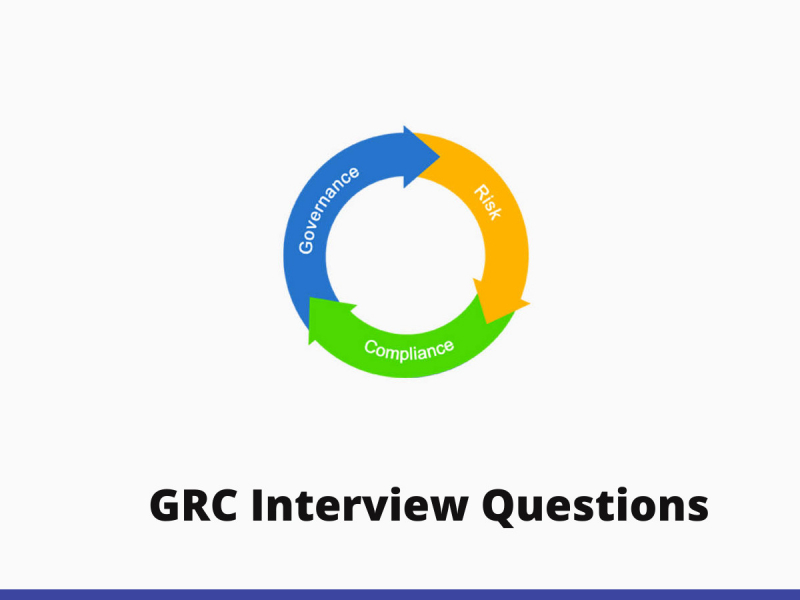GRC is abbreviated as Governance, Risk and Compliance solution which can be defined as a body that helps various organizations in managing regulations. It also helps in removing any risk that may harm the organizations’ vital operations. GRC basically performs a list of activities that help organizations to manage their guidelines and keeps auditing inappropriate documents, spreadsheets, files, etc as organizations may face legal issues due to external auditors if GRC is not present in an organization or company. GRC has various advantages and applications like :
- GRC is less complex and thus activities can be easily managed.
- It helps in improving risk identification, risk evaluation, and management activities.
- It contributes to planning strategies that help in corporate management and policy management activities.
- Measures to ensure guarantees conventionality with laws, policies, and formalities of organizations.
- GRC is a wide collection of activities rather than a single activity constructed for achieving high standards.
GRC is divided into various modules that perform a particular activity to reduce risk in any organization. Some of its modules are GRC Access Control, SAP GRC Process Control and Fraud Control Management, SAP GRC Risk Management, SAP GRC Audit Management, SAP GRC Global Trade Services and many more. Below are mostly asked GRC Interview Questions.

